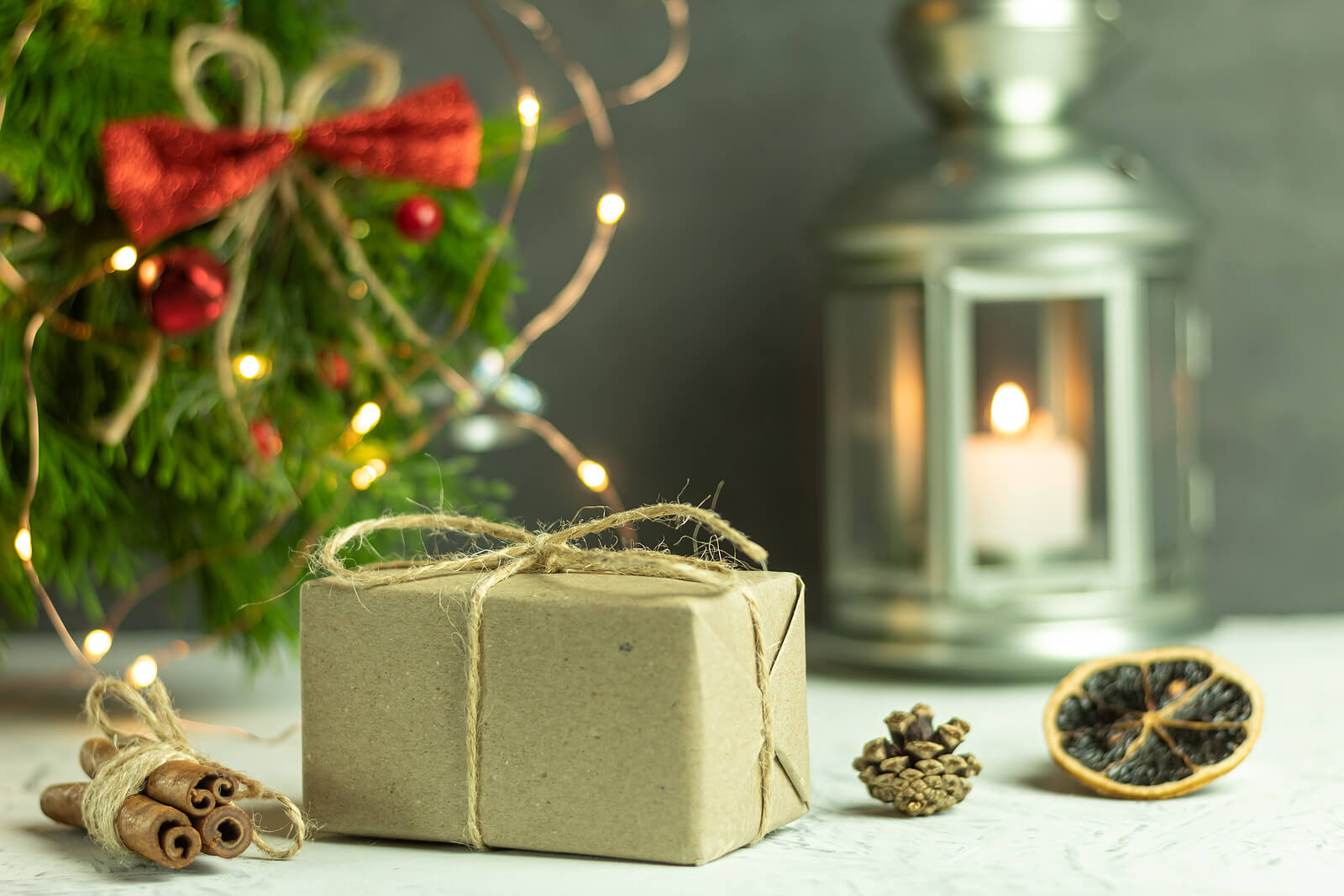Avoiding single-use wrapping paper this Christmas and reusing items already in our home may seem radical to Christmas traditionalists, but it’s the kind of urgent action needed to help tackle climate change, advise the North London Waste Authority.
According to carbon footprint experts Giki, approximately 11.8 million kilos of carbon dioxide are emitted each year just by manufacturing Christmas wrapping paper. Ditching this wrapping paper is the equivalent of taking 4,917 cars off the road and this does not count additional emissions to transport or dispose of it.
Wrapping presents in scarves, pillowcases, old comics, and magazines may soon become the norm as a growing number of people are already looking for alternatives to buying gift wrap. A new survey by Censuswide which polled 2,000 UK residents reveals that 64% tried an alternative to store-bought wrapping paper last Christmas.
North London Waste Authority today launches a bid to shine the spotlight on this issue and working in partnership with creative influencers, plans to inspire consumers to wrap presents with items they already have in the run-up to Christmas.
The survey suggests that, in total, UK residents spent 81 million hours wrapping presents last Christmas4. Of those who used alternatives to wrapping paper, over a third (36%) re-used gift bags; 9% decorated brown paper with ink or paint; 8% used paper like newspapers, magazines, comics, or calendars to wrap up presents, and 7% used fabric.
An awareness of the non-recyclable nature of shiny and glittery wrapping paper was also evident, with 41% saying they avoid buying wrapping paper, cards, or decorations containing glitter.
NLWA has teamed up with Red Ted Art, Style and Sustain, Origami Est, and fashion designer Sophie Cochevelou, to provide inspiration and video tutorials for more sustainable gift wrapping. They suggest the following tips to reduce the impact on the environment when it comes to wrapping presents this year:
- If you want to save time and money, reuse gift bags
- Use colourful fabric you already have such as scarves, pillowcases, or blankets for larger items, similar to the Japanese tradition of Furoshiki
- If you’re feeling crafty, reuse comics/magazines/newspapers already in your house and turn them into Christmas delights, including bows and snowflakes to decorate. These can easily be recycled afterward.
- Tie string around plain brown paper for a rustic look and use foliage and herbs, such as holly or rosemary, to decorate your gifts
- As a minimum this Christmas, steer clear of wrapping paper that’s shiny, metallic, laminated or wax-coated or contains glitter
- If you don’t want to forego wrapping paper, then look for ‘recyclable’ and the FSC mark (Forest Stewardship Council)
- Minimise the use of sticky tape as it can’t be recycled, or even better, avoid it altogether by wrapping your presents origami-style.
Chair of North London Waste Authority, Cllr Clyde Loakes, said: “We are facing a climate emergency and must take urgent action across every part of our lives, even at Christmas. We believe it’s time to re-think wrapping paper this year. It’s a single-use item that is generally used once and then discarded in enormous volumes over the festive period. We understand that wrapping presents play a significant part in our Christmas celebrations so our campaign aims to showcase the fun and creative alternatives that will make presents stand out under the tree but reduce their impact on the environment. There are many benefits to using what we already have; it’s cheaper, less wasteful, less time consuming and produces less C02 – imagine what we could achieve if everyone did this for even half of our presents this year.”
Steve Oulds, Head of Commercial MRFs at Biffa Waste Services Ltd, a Materials Recovery Facility, said: “Recycling Christmas wrapping paper is quite a challenge. At the very least we’d urge people not to buy shiny or glittery paper and avoid sticky tape where possible. The heavy dyes in Christmas wrapping also make the paper hard to de-ink. These quality issues with the paper mean it’s likely to be rejected by paper mills and would have to be sent to Energy from Waste or landfill.”
